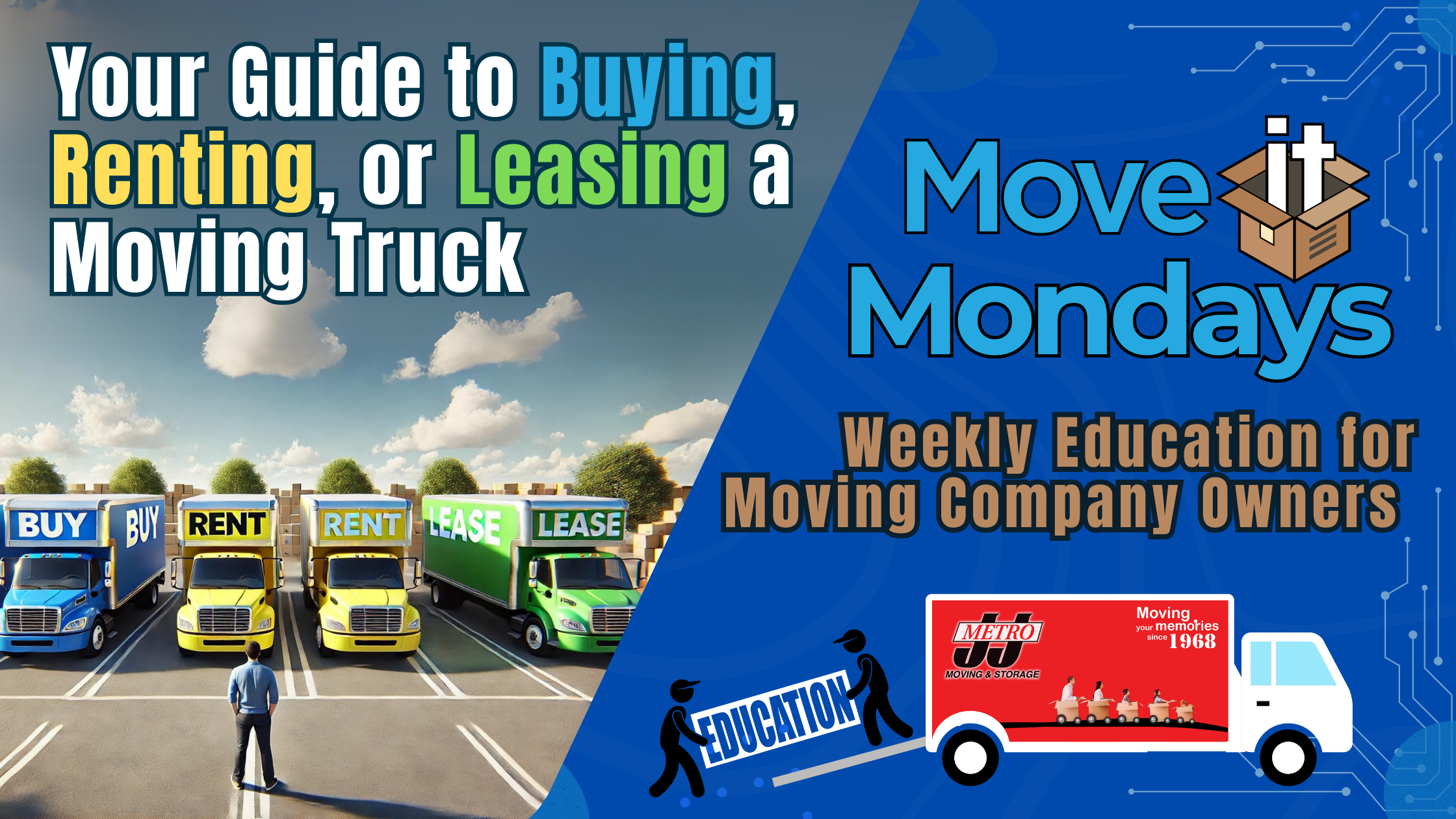Getting Started in the Moving Industry: Your Guide to Buying, Renting, or Leasing a Truck
One of the biggest decisions for any moving company owner is whether to buy, rent, or lease trucks. Each option has its pros and cons, and the...
As a mover, you have firsthand knowledge of the real estate market. Consider investing in properties that can serve dual purposes – a primary residence and additional rental space. The income generated from rental properties, especially those used for storage, can become a steady stream of revenue in retirement.
If the opportunity arises, consider owning or partnering in storage facilities. The demand for storage space is on the rise, driven by various factors, including downsizing trends and the increasing need for temporary storage during moves. Owning storage facilities can provide a reliable source of income in retirement.
As retirement approaches, consider downsizing your primary residence and utilizing storage solutions for items you want to keep but don't need immediate access to. The funds freed up from downsizing can be invested or used to enhance your retirement lifestyle.
If you have extra storage space on your property, consider renting it out. Platforms like Neighbor or SpareFoot allow individuals to rent unused storage space, providing an additional income stream that can contribute to your retirement savings.
Diversification is key to a resilient retirement portfolio. Alongside traditional investment vehicles, such as stocks and bonds, consider including real estate assets in your retirement investment strategy. Real estate can act as a hedge against market volatility and provide a source of passive income.
Income generated from rental properties, including storage spaces, can supplement retirement income. This passive income stream can help cover living expenses, travel plans, and unexpected costs during retirement.
Stay informed about real estate market trends and consider timing your property sales strategically. Selling real estate at the right time can maximize returns, providing you with additional funds to bolster your retirement savings.
Seek guidance from financial advisors who specialize in retirement planning and real estate investments. They can help you create a personalized strategy that aligns with your retirement goals and ensures a secure financial future.
Retirement planning is an ongoing process. Regularly review and adjust your financial plans to accommodate changing market conditions, lifestyle preferences, and healthcare needs in retirement.
As a mover, your expertise in the logistics of relocation uniquely positions you to capitalize on the intersection of real estate and storage for a secure and comfortable retirement. By strategically investing in real estate, including storage facilities and optimizing your own storage solutions, you can build wealth and create a financial foundation that supports your retirement dreams. So, as you embark on this journey, consider the long-term benefits of real estate and storage in shaping a fulfilling and financially robust retirement.

One of the biggest decisions for any moving company owner is whether to buy, rent, or lease trucks. Each option has its pros and cons, and the...

Does your business have a single platform where customers are not only free to navigate across multiple moving product and services but a secure...